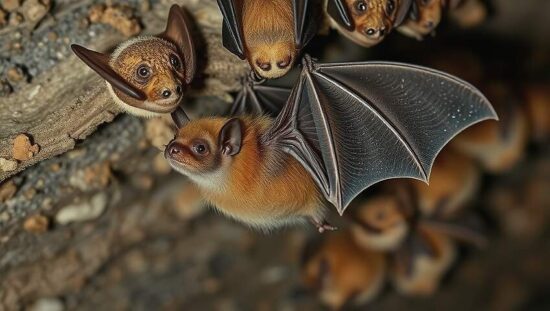A global research team, led by a Ph.D. candidate from the University of Greifswald, has published a study in the journal Nature, revealing that not one, but two fungal species are responsible for the deadly white-nose syndrome in bats.
The study, which analyzed over 5,000 samples from 27 countries, has shed new light on the complex dynamics of the disease. While only one of the two species has been introduced to North America, where it has already killed millions of bats, the researchers warn that the potential introduction of the second species could have even more devastating consequences, as it may infect other bat species.
The team’s findings suggest that the original outbreak in North America was linked to a fungal species from the Ukrainian region of Podillia, which was likely unintentionally introduced by cave explorers. The study emphasizes the importance of stricter biosafety measures in cave exploration, recommending a systematic cleaning of equipment to prevent the spread of disease-causing agents.
The research, which involved over 360 volunteer participants who collected samples across the northern hemisphere, highlights the need for a more comprehensive approach to understanding and mitigating the impact of the disease on bat populations.





